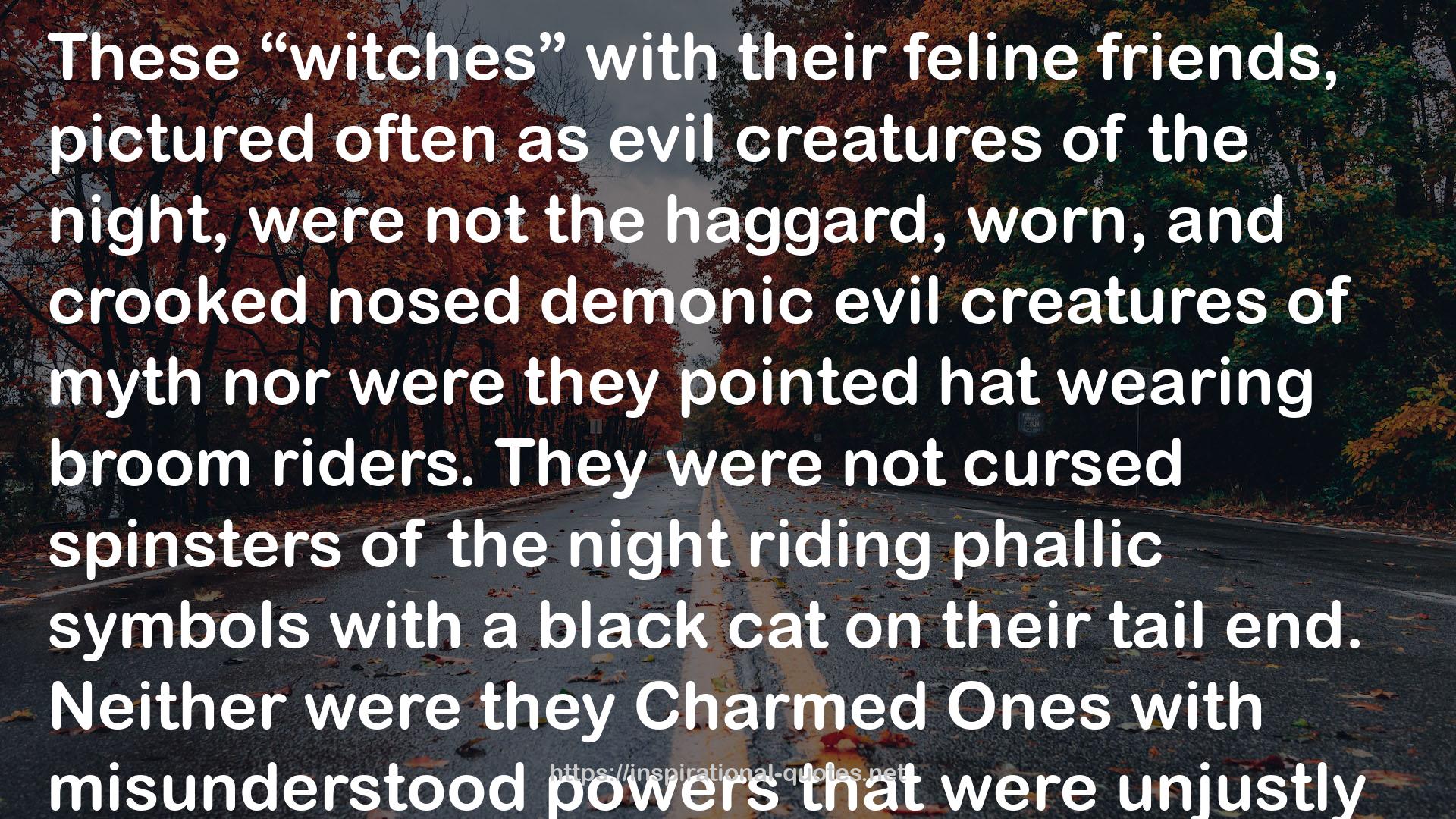" These “witches” with their feline friends, pictured often as evil creatures of the night, were not the haggard, worn, and crooked nosed demonic evil creatures of myth nor were they pointed hat wearing broom riders. They were not cursed spinsters of the night riding phallic symbols with a black cat on their tail end. Neither were they Charmed Ones with misunderstood powers that were unjustly hunted for having said powers.
These were merchants with families, friends, and businesses that were most likely in their community for years before the events. They were not “synagogues of Satan” nor Satan worshipers at all.
They were often the elderly women, besides merchants, that were many times Christian in faith. Women who were midwives, herbalists, healers that helped their communities when they were needed to ease pain and suffering. They were also pagans, non-Judeo-Christian religionists, and were like their other counterparts and helpers of their communities. These were good people, ordinary people. "
― , Revenants, Retroviruses, and Religion: How Viruses and Disease Created Cultural Mythology and Shaped Religious Perspectives
